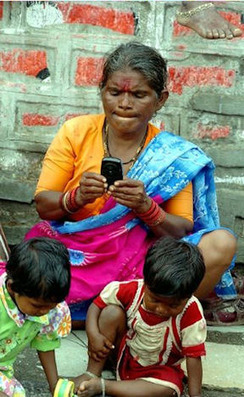Having contributed in large part to the Internet’s very existence, DARPA is now setting out to make its secure networks more secure. But rather than relying upon the conventional notion of a password--a complex string of letters and numerals that an individual must remember--the agency is looking to create a “cognitive fingerprint” for individuals that constantly authenticates that person for the duration of the time he or she has access to a network.
Research and publish the best content.
Get Started for FREE
Sign up with Facebook Sign up with X
I don't have a Facebook or a X account
Already have an account: Login

 Your new post is loading... Your new post is loading...
 Your new post is loading... Your new post is loading...
|
|












